1. Give Your Windows a Little TLC
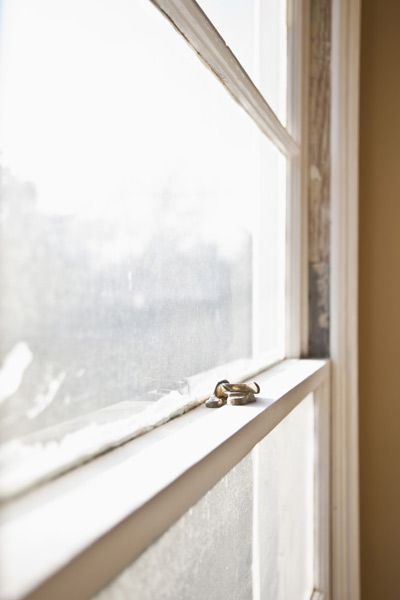
For aging double-paned units (and metal storms), order replacement gaskets from the manufacturer, cut them to length, and pop them in, says building efficiency and technology consultant Mark LaLiberte.
The payoff: Just tightening the seal in this manner could cut up to $30 a month in heating and cooling costs.
2. Latch All Your Sash Locks
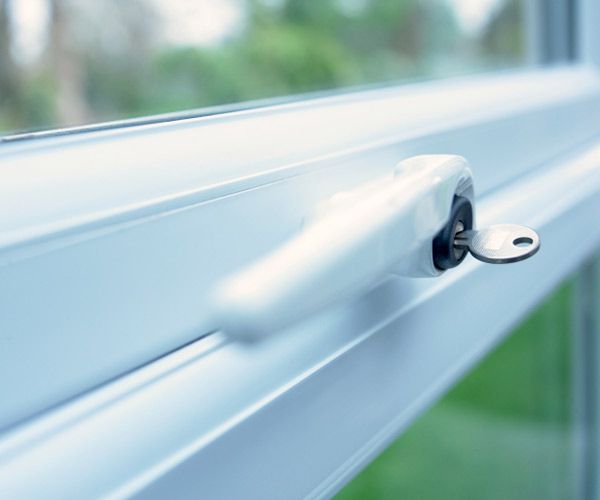
Make sure to replace any that are broken and fix those that are misaligned, says This Old House general contractor Tom Silva. It’s a basic, low-tech task that too few people do. If you have old windows, be sure to shut all your storms.
The payoff: Save 10 to 15 percent on your monthly heating bills.
3. Keep Out Window Drafts
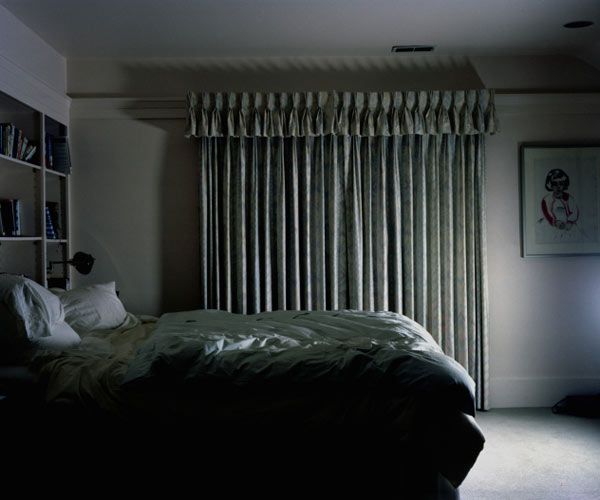
Close your curtains and lower your blinds at night to help stop drafts.
The payoff: You could slash your overall heating bill by as much as 10 percent.
4. Turn Down Your Thermostat 1 Degree

You won’t feel much of a difference in ambient temperature—and the same goes for turning up your air-conditioning 1 degree in summertime.
The payoff: Trim your heating fuel bill by 5 percent each month.
5. Resolve to Stop Buying CFL Bulbs
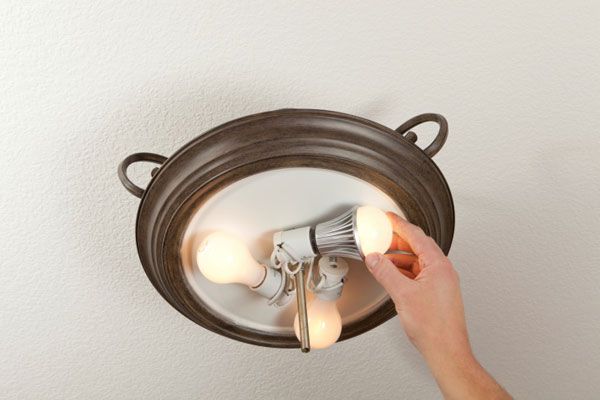
The quality and brightness of the light just don’t compare with those of incandescent bulbs, so you’re less likely to put CFLs in your most heavily used fixtures, where the savings would add up most. LED bulbs, on the other hand, don’t require any compromise. So whenever a bulb blows in a high-use location, resolve to spring for an LED replacement (about $10 for a good one) that could pay for itself within a year.
The payoff: By the time you’ve replaced twenty 75-watt incandescents, you’ll have reduced your annual electricity bill by at least $325.
6. Replace That Aging Extra Refrigerator
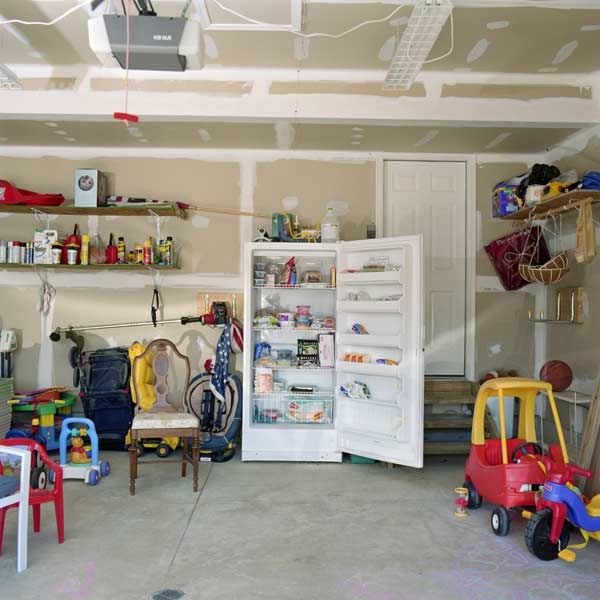
Switch out the old model in your garage or basement with a new, modest-size Energy Star model, such as Frigidaire’s 2-in-1 Upright Convertible freezer (about $870; frigidaire.com).
The payoff: This simple swap could knock $50 to $150 off your annual electricity bills.
7. Turn Off The Lights Whenever You Leave a Room
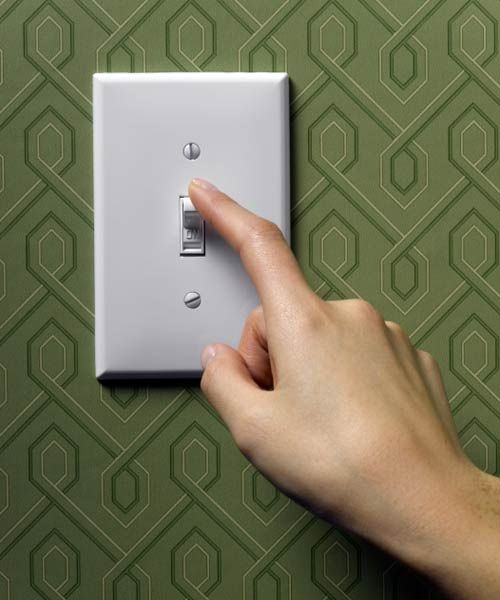
Or, in rooms where kids come and go a lot, install vacancy-sensor switches (about $20 each). Don’t worry about the surge of energy consumed when you turn a fluorescent bulb back on; as long as the light remains off for at least 5 seconds, you come out ahead. And if you swap in an LED instead (see No. 5), there’ll be no extra consumption or early wear and tear from turning the bulb off and on.
The payoff: You could save nearly $100 on your annual electricity bill.
8. Take a Closer Look at Your Energy Usage
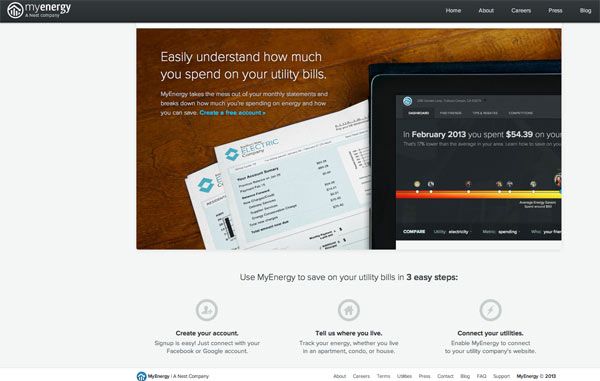
Open a free account at myenergy.com. The dashboard-like app links to your utility company accounts to track your household energy use, so you can identify and change behaviors that are costing you money. “You almost can’t help but find simple ways to adjust your habits, by turning the thermostat down further at night, say, or using the quick-cycle setting on your dishwasher,” says Asa Foss, LEED residential technical development director at the U.S. Green Building Council.
The payoff: The average user of the site—it’s owned by the makers of the Nest thermostat, but you don’t need to purchase one to use the site—saves over $100 on annual energy bills.
9. Opt for the Cold Water Wash
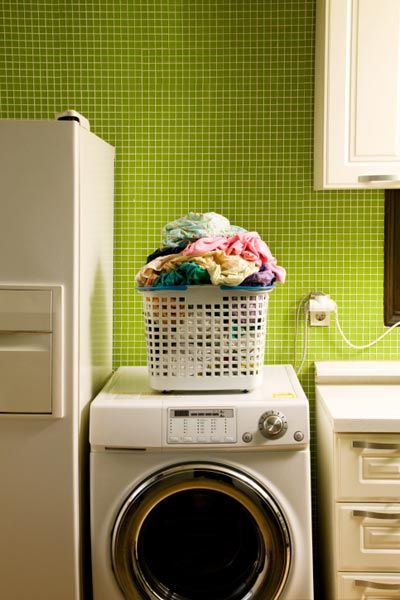
Wash your clothes in cold water instead of warm—and definitely not hot. “There’s this perception that you need hot water to clean clothes properly,” says Foss. “But with today’s detergents, it’s just unnecessary.”
The payoff: Using the cold setting could save you $75 or more annually—and, more important, prolong the life of your clothing and linens for many years.
10. Prevent Attic Heat Loss
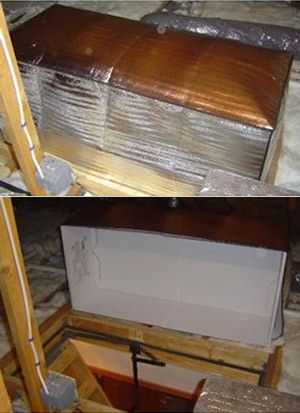
Place an insulated cover over your attic hatch to prevent heat loss through this gaping hole in your attic floor insulation. We like the Battic Door R-50 Best Attic Stairs Insulated Cover, in three standard hatch sizes (batticdoor.com).
The payoff: Depending on the overall level of insulation in your house, you’ll likely recoup that $125 to $150 outlay in anywhere from one month to one winter.
11. Enforce Shower Times
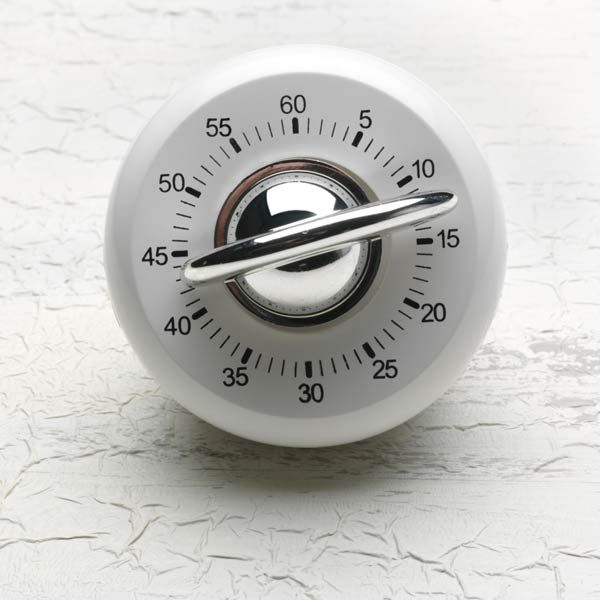
Put an egg timer in the bathroom and enforce a 7-minute shower rule.
The payoff: You could save $125 a year.
12. Keep Gutters Clean
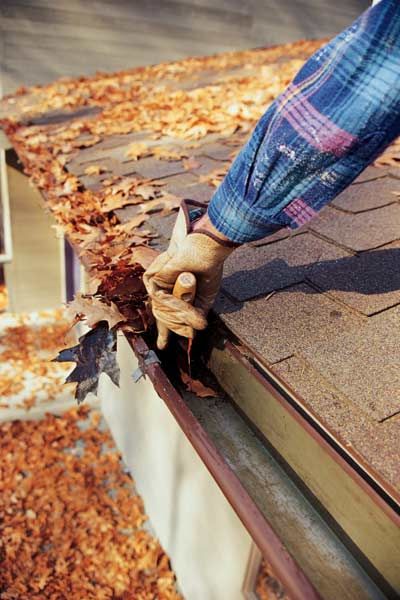
Clean your gutters at least twice a year, in late spring and fall. And be sure to fix even the tiniest leak in them (or your roof) immediately.
The payoff: What may not look like a big deal can quickly balloon from a simple DIY- or handyman-fixable problem to a $1,000-plus contractor repair.
13. Keep Your Water Heater Running Efficiently
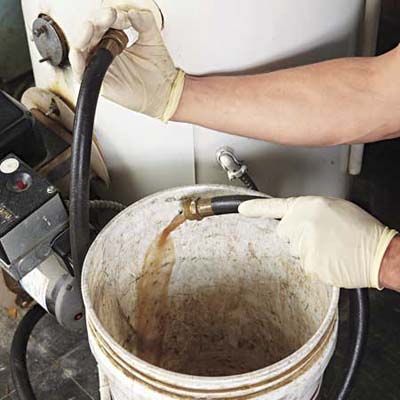
Flush out the water heater to remove sediment that makes the equipment work harder to do its job. To empty the tank, you’ll need to turn off its electrical and water supplies, then connect a basic garden hose to the drain spigot and run it to a sump pump or a sink, or outside through a door or window. Once the tank is empty, turn on the water supply full blast to flush out sediment.
The payoff: You’ll save a bit on your energy bills—and you could delay a $700-plus water-heater replacement for several years, says TOH plumbing and heating expert Richard Trethewey.
14. Delint Your Dryer Hose
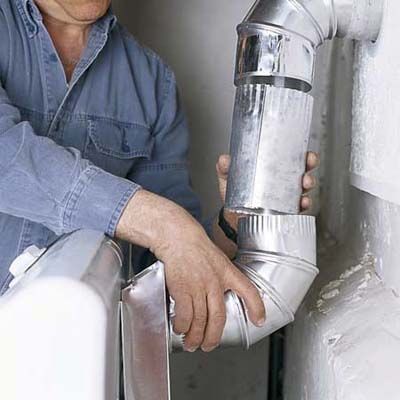
Unplug the clothes dryer, slide it out, detach the hose from the back, and vacuum out the link at least once a year to drastically shorten your drying times, prolong the life of the machine, and, most important, reduce the risk of fire.
The payoff: You’ll shave your clothes-drying costs by 25 to 30 percent, estimates HVAC contractor Jim Godbout of Biddeford, Maine.
15. Furnace, Boiler Checkup
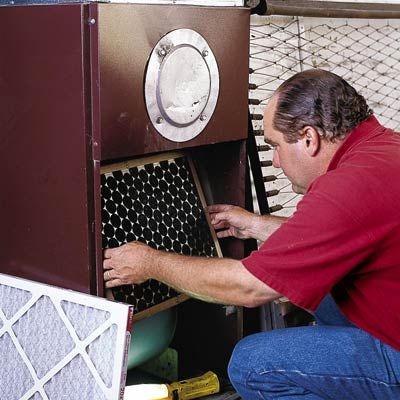
Hire an independent HVAC contractor instead of the oil company to change the filters and clean soot from your oil-burning furnace or boiler each year. Either way, you’ll get a tune-up that could yield a 5 to 15 percent savings compared with untuned equipment.
The payoff: Some oil companies may set up your equipment to use more oil than is needed in order to bolster their business (selling oil). By using an efficiency-minded independent, you could see another 5 to 10 percent in savings.
16. Seal Forced-Air Ducts
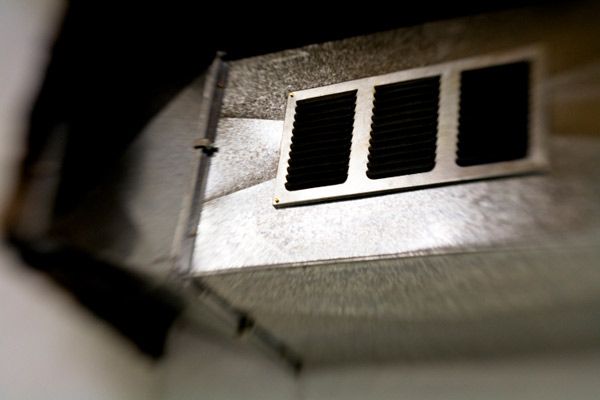
Check them in your attic, crawl spaces, and unfinished basement. Remove the old joint tape, clean off the surface with a wet rag to remove dust—and allow good adhesion—then attach fresh foil tape.
The payoff: You’ll knock as much as 20 percent off your annual heating and cooling bills, says Max Sherman of the Lawrence Berkeley National Laboratory.
17. Seal Small Holes
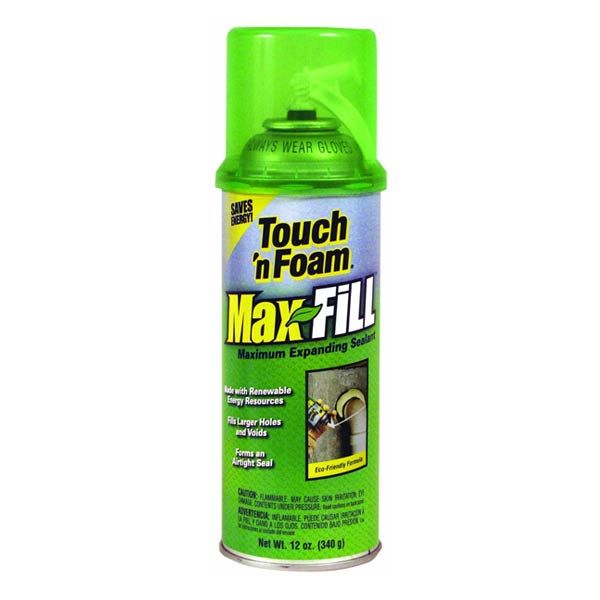
Use a can of spray foam to seal holes in the perimeter of your basement—in walls, sills, and rim joists—as well as in the floor of the attic to help prevent heated air from escaping and cold from intruding.
The payoff: You could save 10 percent on your heating bills.
18. Use The Timer Delay on Your Dishwasher and Laundry Appliances
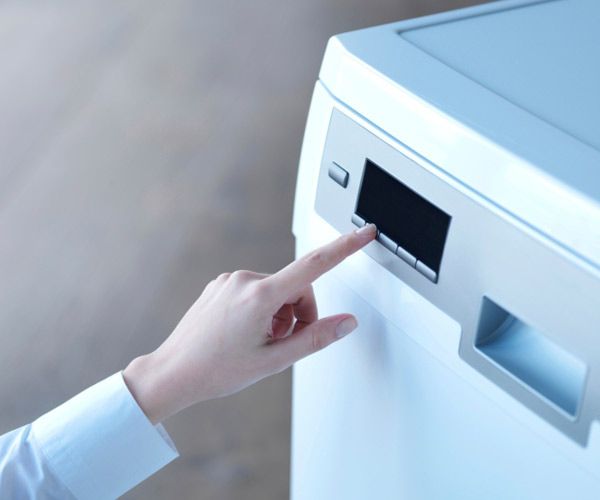
Or, just set a manual timer to remind you to run your loads after 8 p.m. (But always be sure to finish the cycle before you turn in for the night—in case of a short that could result in a fire.) Though they don’t always promote it, many utilities offer cheaper off-peak pricing for electricity—to the tune of a 50 percent discount or more.
The payoff: This simple time shift could save you over $100 annually.
19. Hire a Painter to do Interior Work in January or February

In cold climates, business typically slows down during the winter months, but it’s actually an ideal time to paint. You won’t need as many touch-ups later because the cold, dry air causes the wood in moldings to shrink and gaps to appear, so he can caulk to fill them.
The payoff: Since the painter is probably looking for work, you could get a 10 percent price cut—and a quicker turnaround.
20. Sell Your Unwanted Home Products Online

That cool original ceiling fixture you took out of the old bathroom but have no place for now? The hutch that doesn’t fit in your new kitchen? The redwood climber your kids outgrew? Free up some space by selling goods you no longer use on Craigslist or eBay. As the saying goes, One woman’s trash is another woman’s treasure.
The payoff: You could turn any one of them into $50 to $100 or more in cash.
21. Invest in AFCI Indoor Outlets
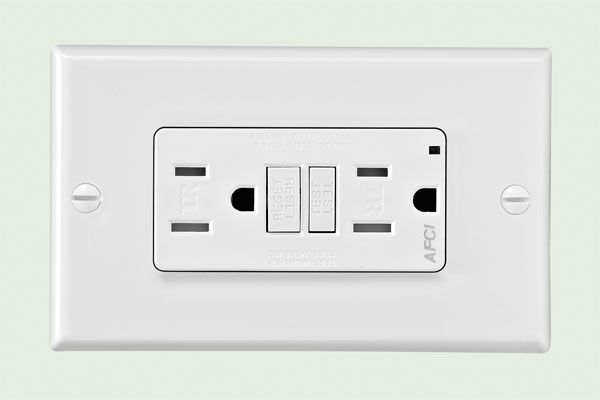
Replace old indoor outlets with new AFCI (arc-fault circuit interrupter) ones, for around $30 each. These receptacles detect electric arcs, like those that can occur when a lamp cord is punctured, and instantly cut the power at the outlet instead of waiting for your home’s circuit breaker to pop.
The payoff: Avoiding a house fire could save you $25,126—the average property loss for residential electrical fires—not to mention your life.
22. Pull Down Unruly Vines from Your Home’s Facade
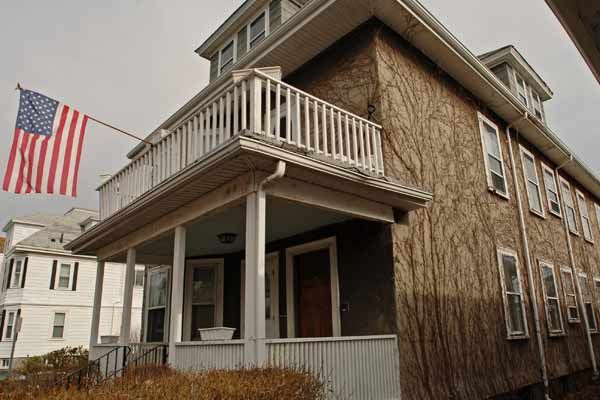
On brick walls, climbers with suckers, such as Virginia creeper, can damage the mortar, creating entry points for water. As the moisture-laden bricks freeze and thaw, the outer layer may crumble and drop off. Vines also trap moisture, which can cause wood clapboards to rot.
The payoff: You may avoid having to shell out for brick repointing, which costs $5 to $25 per square foot, and can save up to $3,000 in costs to rebuild and re-side a rotted clapboard wall.
23. Keep Hardwood Floors Safe from Furniture
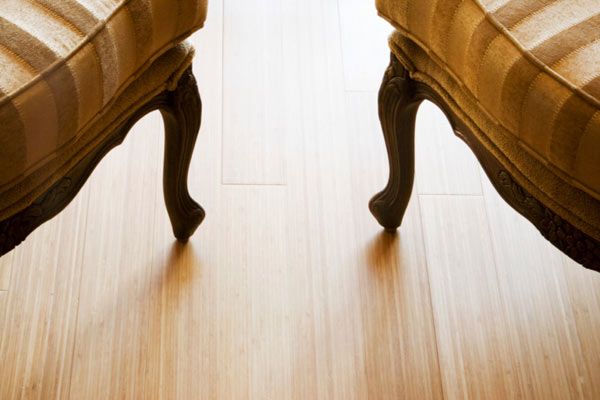
Set a smartphone reminder to replace the felt pads on your furniture’s feet every three to six months. Those self-sticking disks pick up debris—and often fall off unnoticed—quickly leading to unsightly marring of your hardwood floors.
The payoff: You could save yourself $200 or more in refinishing costs.
24. Switch to a Wireless Burglar Alarm

Avoid the high monthly monitoring fees of standard alarm companies. With a system such as SimpliSafe (simplisafe.com), you just “peel and stick” the motion detectors, door-opening sensors, and keypads into position, and they’ll sync wirelessly. You can also get smoke and carbon monoxide alarms—and operate the system remotely from a smartphone app. A cellular connection transmits a signal to a call center for 24/7 monitoring, all for about $15 a month.
The payoff: You’ll see as much as an extra $50 a month in your wallet.
25. Toaster Oven for One (or Two)
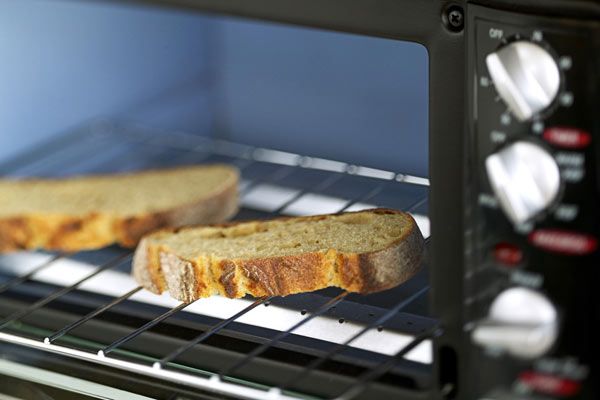
Cooking for one—or two?
The payoff: Use a toaster oven and save one-third to one-half the energy a conventional electric oven would use.
26. Stop a Cracked Plaster Wall in Its Tracks

Fix a crack in a plaster wall before it branches out and causes large sections of wall or ceiling to delaminate, or pull away, from the lath behind it. You can patch the crack with a plaster repair kit—Tom Silva likes Big Wally’s Plaser Magic homeowners’ pack (about $90; plastermagic.om).
The payoff: Save paying a pro the $700 or more it would cost to fix extensive cracks or delamination.
27. Address a Leaky Toilet Immediately
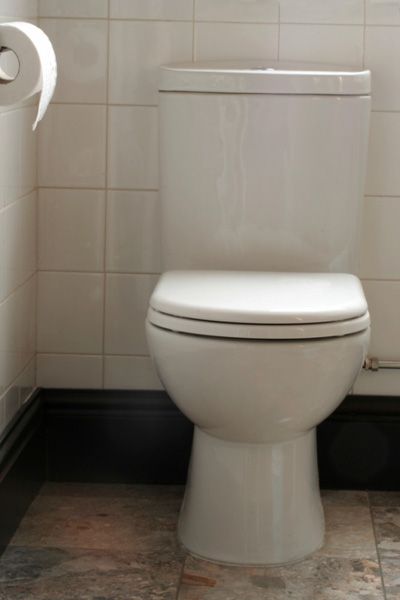
Repair a leaky toilet if you spot moisture on the floor underneath it. What seems like a drip could indicate a serious leak in the progress as the water pools beneath the subfloor, which could cause the ceiling to collapse onto the floor below. Check the supply line to the tank—over time, these can get loose and the seals can wear out. You can replace the supply line yourself for the cost of the $5 part.
The payoff: You could save more than $1,000 in repairs to water-logged bathroom walls and floors, and damaged rooms below.
28. Keep Track of Your Belongings
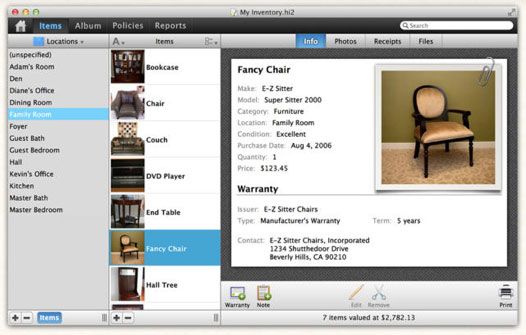
Use a smartphone app to record the model numbers, prices, and serial numbers of your belongings. Use it to shoot photos of the items, as well as receipts and appraisals, then save all the data off-site for safekeeping. In the unfortunate event of a burglary or fire, you’ll have all the documentation you need to maximize your claim. Home Inventory, about $5 from iTunes.
The payoff: Proving the existence and value of just one electronic device or piece of jewelry could yield $500 to $5,000 in insurance money when you really need it.
29. Cover Your Outdoor Gear
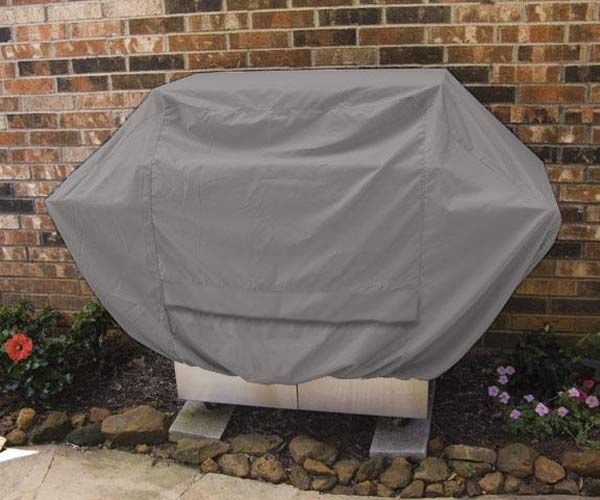
Purchase (and use!) a fitted cover for any outdoor gear, from your BBQ grill to your Adirondack chairs, that doesn’t get put away for the winter. Check out those at coverstore.com.
The payoff: You’ll prolong the life of those items by perhaps five years, saving about $200 to $500 each in replacement costs.
30. Put The Bath Fan on a Timer Switch
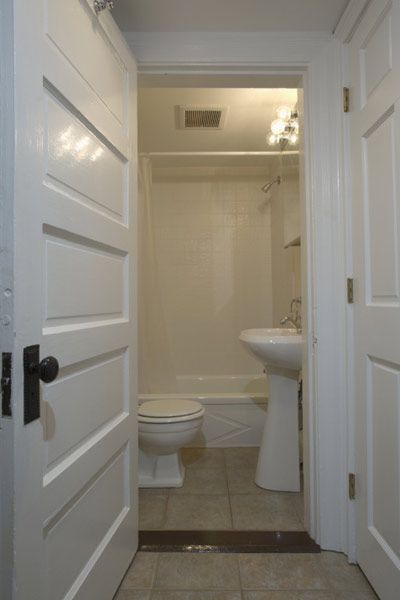
It will help keep mildew at bay. You can also install a condensation- and humidity-sensing switch (Dewstop FS-100, about $50; dewstop.com) that’ll turn on the fan automatically when the air gets steamy from showers and then shut it off after 30 minutes, once the air is clear. It’s compatible with any exhaust fan, but this gadget’s auto sensor may work better in smaller bathrooms where the switch is close to the shower.
The payoff: You could postpone the need to hire a painter to kill mildew and repaint the bathroom, easily a $500-plus job. Or, if you tend to leave your manual switch on overly long, you could save $90 in annual heating and cooling costs.
Looking for other ways to save money around the house? A home warranty may help. Check out these in-depth guides from the This Old House Reviews Team:
